Creating a serene and meditative space through a Japanese rock garden is an art form that intertwines nature, philosophy, and design. The careful selection of plants is essential to achieving the tranquil ambiance characterizing these enchanting gardens. Let’s explore the best plants that embody the spirit of the Japanese rock garden, ensuring your landscape becomes a peaceful retreat.
Best Japanese Rock Garden Plants
Moss (Bryophyta)
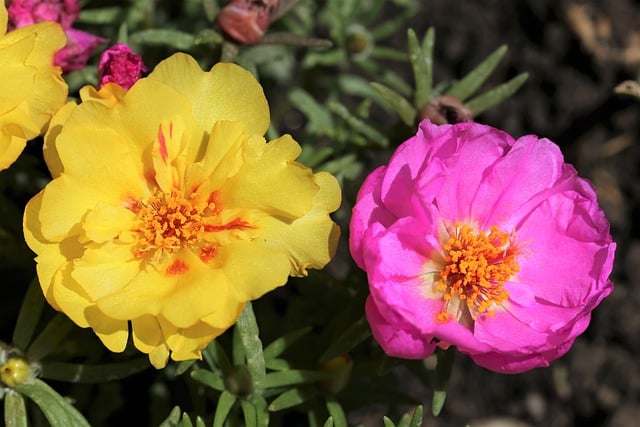
Moss is an iconic feature in Japanese rock gardens, embodying both tranquility and lushness. Its soft texture adds a layer of softness that contrasts beautifully with the starkness of rocks and gravel. Moss thrives in shaded areas, making it perfect for a rock garden that may not receive direct sunlight all day. Moreover, it helps retain moisture and stabilize soil, thus fostering a harmonious ecosystem. The diverse species of mosses, such as cushion moss (Leucobryum glaucum) and sheet moss (Hypnum spp.), create varying textures and shades of green, enhancing the visual complexity of the garden.
Black Bamboo (Phyllostachys nigra)
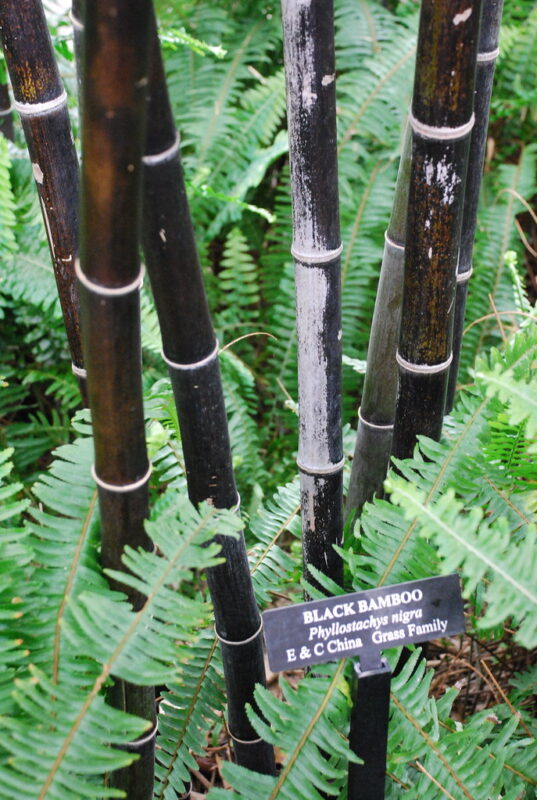
Black Bamboo is renowned for its striking dark culms, which add an element of drama to the rock garden. It grows rapidly and can reach heights of up to 30 feet, providing vertical structure that mingles beautifully with the horizontal lines of rocks. Black Bamboo’s elegant leaves sway gracefully in the wind, further enhancing the tranquil atmosphere. It’s also a versatile plant, suitable for both traditional and contemporary designs. Its fast growth makes it an excellent choice for creating a backdrop, while its durability ensures it thrives in various soil types.
Japanese Maple (Acer palmatum)

No Japanese garden feels complete without the elegant presence of the Japanese Maple. This exquisite tree showcases stunning foliage that shifts in color from brilliant greens to deep reds throughout the seasons. In a rock garden, the low-growing varieties like ‘Crimson Queen’ or ‘Garnet’ can add layered textures at various heights, while upright forms provide a stunning focal point. Beyond aesthetics, the delicate leaves and intricate branching patterns create a sense of calm, inviting visitors to pause and reflect amidst nature’s beauty.
Azaleas (Rhododendron spp.)
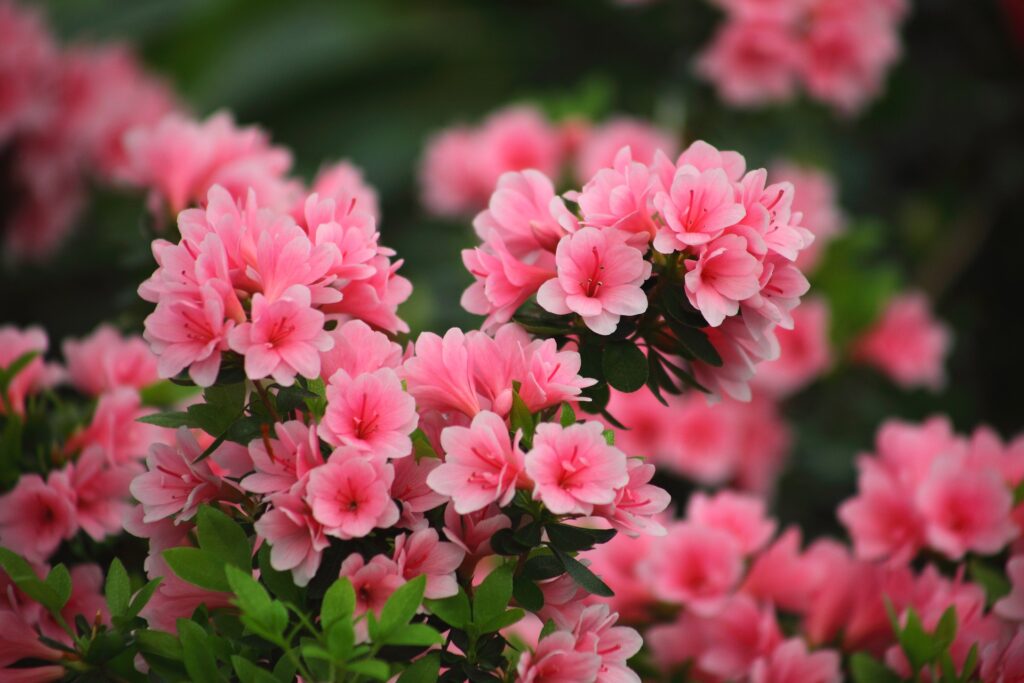
These flowering shrubs bring vibrant bursts of color to the serene backdrop of a Japanese rock garden. With their beautifully shaped flowers, azaleas can bloom in shades of pink, white, purple, and red, providing striking contrasts against the subdued tones of rocks and gravel. Planting them at the edges of your garden can create a gentle transition between the garden’s structure and your landscape. They thrive in acidic, well-drained soil and benefit from partial shade, making them a perfect match for rock gardens offering varying light levels.
Japanese Forest Grass (Hakonechloa macra)
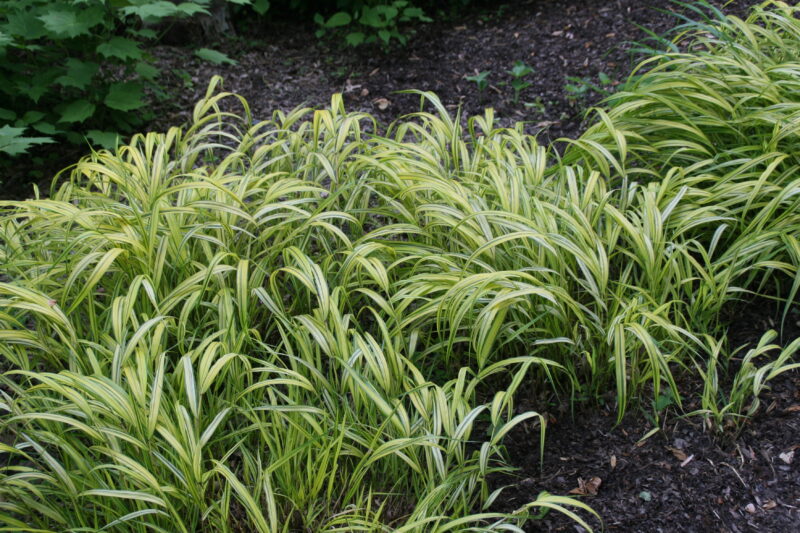
Featuring graceful arching blades and a soothing light-green hue, Japanese Forest Grass is a prime choice for accentuating the rock texture in a garden. This ornamental grass thrives in either sun or partial shade and introduces movement with its soft, flowing foliage. As it matures, the grass develops a stunning golden hue in the fall, enhancing the garden’s color palette. Its low maintenance requirements make it an easy addition that effortlessly blends into the rock garden setting.
Small Japanese Garden Plants
Moss (Bryophyta)

Among small garden plants, moss remains a versatile choice. It is perfect for filling gaps between rocks, providing a lush green carpet underfoot that invites closer inspection. Its ability to flourish in various microclimates allows it to thrive even in the shadow of larger plants. Not only does moss enhance physical beauty, but it also contributes to the garden’s ecological health by supporting moisture retention and harboring beneficial insects.
Japanese Painted Fern (Athyrium niponicum var. pictum)
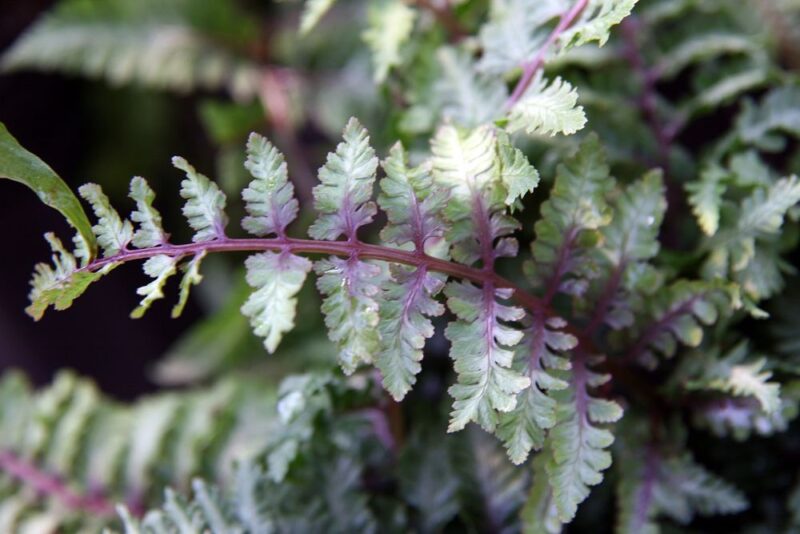
This delicate fern is a favorite for its stunning silvery-blue foliage with burgundy veins, adding a unique visual texture to smaller rock gardens. It thrives in shaded areas and is ideal for planting near rocks, creating a naturalistic feel. The fronds of the Japanese Painted Fern offer a subtle movement and an enchanting aesthetic that complements the rugged features of rocks beautifully. Additionally, its resilience to drought and varied soil types makes it a low-maintenance addition to your Japanese rock garden.
Low-Maintenance Japanese Garden Plants
Japanese Forest Grass (Hakonechloa macra)

Not only is this beautiful grass visually appealing, but it also stands out as a low-maintenance option. Growing slowly and steadily, it’s an excellent choice for gardeners looking to create a serene landscape with minimal effort. The grass’s ability to adapt to different conditions makes it a resilient choice for those wanting to minimize upkeep while still maintaining beauty in their rock garden.
Hostas (Hosta spp.)

Hostas are beloved for their lush, broad leaves available in a range of colors, from deep greens to striking variegation. As shade-loving plants, they blend seamlessly into densely planted rock gardens, filling in spaces without overwhelming the design. Their flowers, characterized by tall spikes adorned with delicate blooms in the summer, add vertical interest to the landscape. Hostas are low-maintenance, making them perfect for gardeners desiring an easy-care plant with a luxurious appearance.
Japanese Garden Plants Full Sun
Japanese Iris (Iris ensata)

The Japanese Iris is a stunning addition to any rock garden that enjoys full sun. With large, intricate blooms in hues of blue, purple, and white that bloom in late spring, these irises provide dramatic focal points against the rocky backdrop. They thrive in well-drained, moist soils, making them well-suited to the gentle slopes often found in rock gardens. The beauty of the Japanese Iris can evoke a feeling of tranquility and grace, enriching the garden’s auditory and visual pleasures.
Azaleas (Rhododendron spp.)

Again, azaleas find their way into the spotlight with their adaptability to various garden styles while shining in full sun. Their vivid colors and prolific blooms create an eye-catching display that can serve as focal points or borders. Azaleas provide a longer blooming period compared to other flowering plants, sustaining visual interest and life when other plants may be out of bloom. Their fragrant flowers attract pollinators, enhancing the garden’s vibrancy and liveliness.
Japanese Garden Shrubs
Camellia (Camellia japonica)
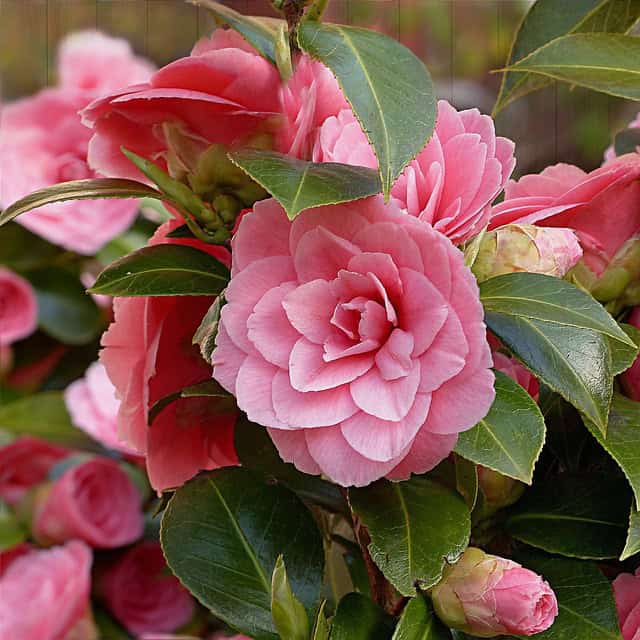
Camellias are cherished for their lush, evergreen foliage and exquisite flowers that bloom from fall through spring. Their waxy blooms can be found in whites, pinks, and reds, adding a rich layer of color to the garden during seasons when many plants are dormant. By using camellias as central features or as hedges, gardeners can establish boundaries or emphasize paths throughout their landscape, establishing a structured yet inviting atmosphere reflective of Japanese aesthetics.
Dwarf Boxwood (Buxus microphylla)
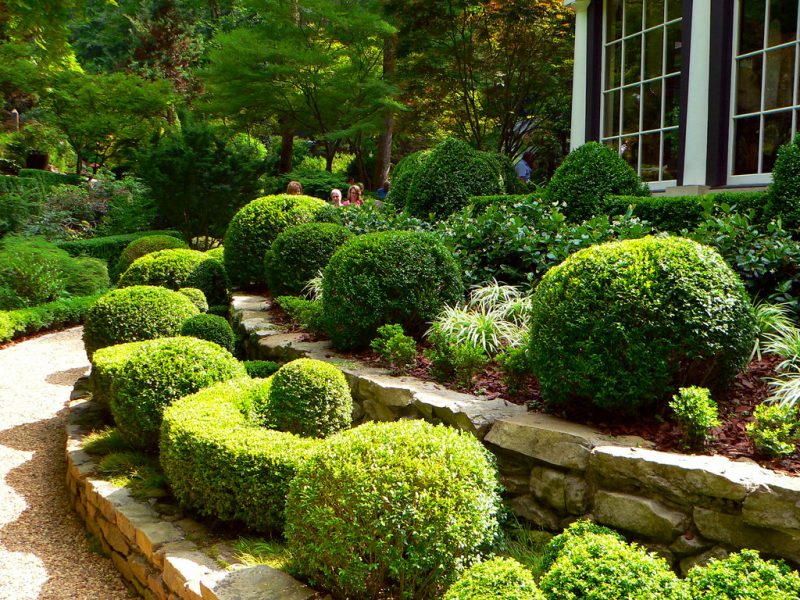
Dwarf Boxwood is a staple in Japanese gardens renowned for its versatility and timeless elegance. These shrubs can be shaped into various forms, allowing for creativity in your design while providing structure to the rock garden. Their small, dense leaves create a lush green backdrop and contrast beautifully with flowering plants. As a low-maintenance shrub, dwarf boxwood thrives in various climates, making it accessible for gardeners seeking an adaptable yet refined plant option.
Zen Garden Plants
Black Bamboo (Phyllostachys nigra)

The incorporation of Black Bamboo in Zen gardens lends an air of tranquility and strength. As a plant that embodies peace, its striking black stalks and graceful leaves create a sense of balance that resonates with the principles of Zen philosophy. In addition to its aesthetic appeal, black bamboo can also serve as a natural privacy screen or windbreak, framing your rock garden’s features beautifully while inviting a sense of seclusion.
Japanese Maple (Acer palmatum)

Japanese Maple continues to be a favorite in Zen gardening, celebrated for its stunning shapes and vivid color changes throughout the seasons. The gentle movement of its leaves and limbs creates a calming visual rhythm, making it an ideal focal point in a Zen rock garden. Placing it strategically within the garden can draw the eye, inviting reflection on nature’s beauty and impermanence—two vital elements of Zen philosophy.
Japanese Garden Ideas
Designing a Japanese garden involves careful thought about layout, plant selection, and even the types of stones to be used. Incorporate key concepts like asymmetry, simplicity, and naturality into your design to craft a space that embodies tranquility. Create winding paths with gravels or stones leading to key focal points such as a pond, a stone lantern, or even a charming bench made of natural materials. By incorporating elements like flowing water or strategically placed rocks, you can create different zones within the garden, enhancing sensory experiences and fostering a deeper connection to nature.
Dwarf Japanese Shrubs
Japanese Spirea (Spiraea japonica)
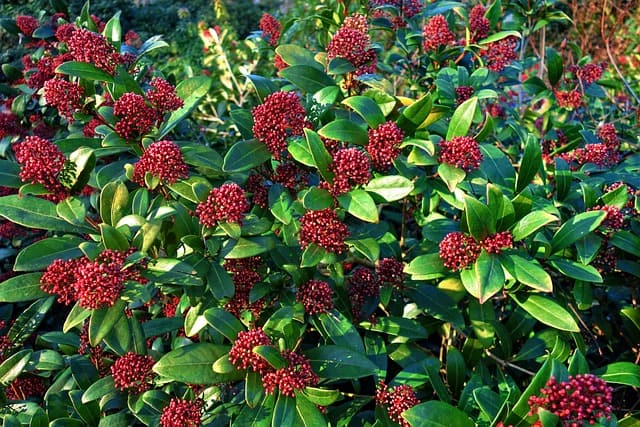
The Japanese Spirea is a selection of flowering shrubs that bring delightful color and texture to the garden, especially during late spring and early summer. Its clusters of pink, white, or purple flowers can be used as borders or accents, while its compact size makes it ideal for typographic gardens. These shrubs are resilient, flourishing in many conditions, so they allow for easy integration into the rock garden setting.
Dwarf Japanese Cedar (Cryptomeria japonica ‘Globosa Nana’)
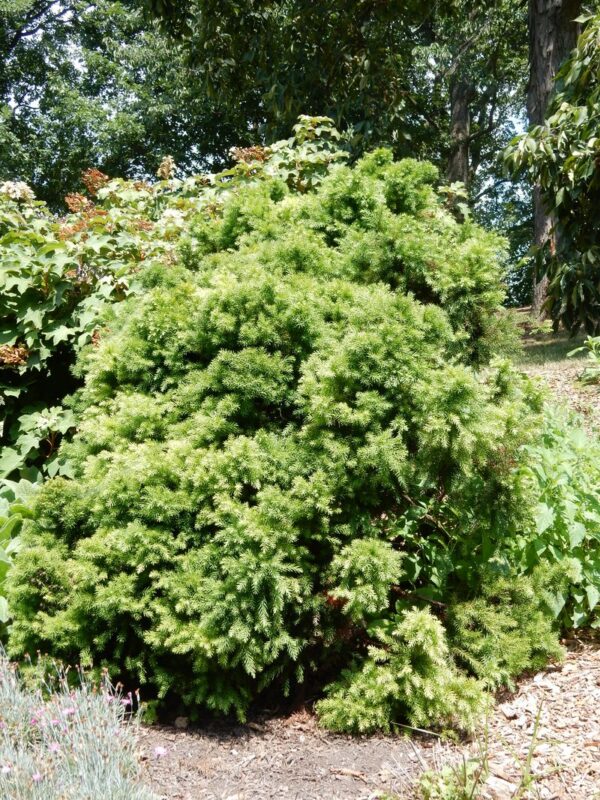
Dwarf Japanese Cedar offers unique, globular shapes that provide a lovely contrast next to angular rocks. It thrives in full sun to partial shade and forms dense foliage that adds depth and texture to the rock garden. This slow-growing shrub tends to maintain its shape without much pruning, making it a low-maintenance choice that brings a sense of serenity and stability to the garden design.
Japanese Garden Trees
Bigleaf Hydrangea (Hydrangea macrophylla)
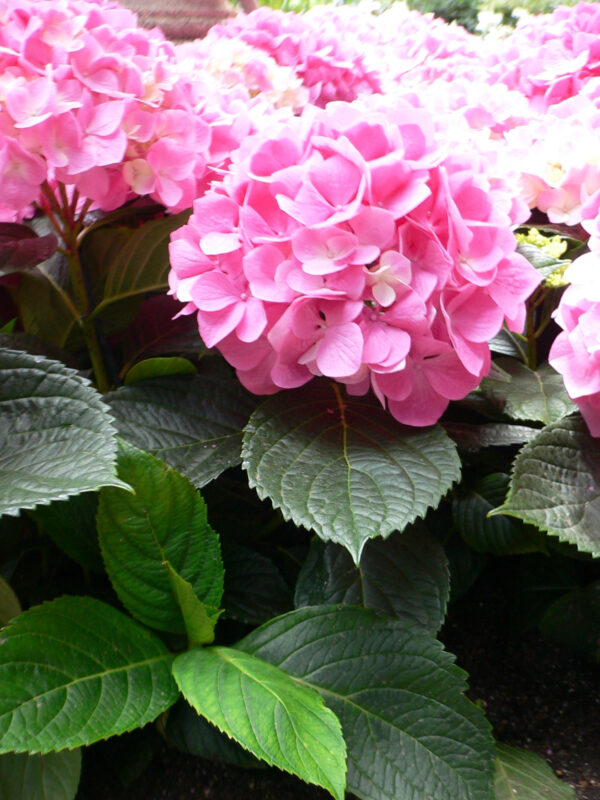
Marked by its large, round flower clusters, Bigleaf Hydrangea creates stunning visual spectacles during its blooming period, especially in cooler months. They thrive in partially shaded areas and can add a touch of color amidst rocks and greens. The different species can provide a palette of blues, pinks, and whites based on soil acidity, making them versatile for different designs and color schemes. Their lush foliage and abundant flowers create beautiful layers in a rock garden, fostering a rich habitat for pollinators.
Cherry Blossom Tree (Prunus serrulata)

Perhaps one of the most iconic symbols of Japanese culture, the Cherry Blossom tree demands attention in any garden setting. These flowering trees bloom early in the spring with an extraordinary display of pink and white blossoms, embodying the fleeting beauty of nature. While these trees may require more space than other plants, their exquisite beauty and cultural significance make them a cherished centerpiece in a rock garden. Pairing the Cherry Blossom with rocks and moss will enhance the visual continuity of the garden and symbolize the ephemeral nature of beauty.





